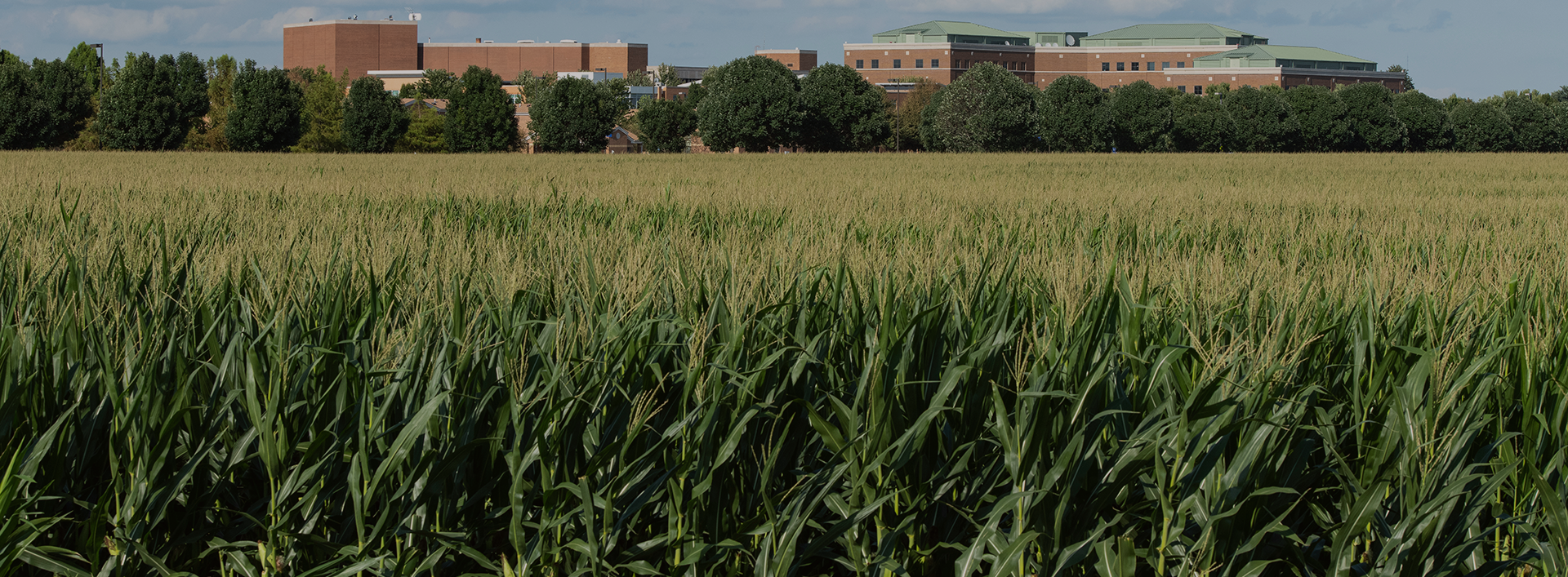The United States government states, "Copyright is a form of protection grounded in the U.S. Constitution and granted by law for original works of authorship fixed in a tangible medium of expression. Copyright covers both published and unpublished works." This law was updated most recently in December 2022.
The Technology, Education, and Copyright Harmonization Act (TEACH Act) of 2002 is an amendment to the Copyright Act of 1976 that addresses online education. It is sometimes referred to as Section 110(2) of the copyright law. It is important that, as a higher education institution, we understand what materials we can and cannot use in our classes and how those materials can be used. It might be worth perusing the frequently asked questions about copyright from the U.S. Copyright Office or the faculty guide for posting materials online by Columbia University Libraries/Information Services.
What kinds of materials can I use in my courses?
Materials that are part of the public domain either have expired copyrights or were never protected by copyright law. You do not need permission to use or copy public domain works. Examples include U.S. government works, laws, and work published in the U.S. prior to 1928.
Creative Commons (CC) licenses help creators of content to retain copyright while allowing others to copy, distribute, and make some use of their work. Creative Commons licensing works with copyright--not in place of it--when you want to grant certain rights in your copyrighted work. All CC licenses require users to attribute the original creator of a work. Open Educational Resources (OERs) often fall under this kind of license and can be great additions to your courses.
Course Reserves are a way of placing documents on hold and linking them in your course for your students to observe for a short period of time. These items can supplement your online instruction and can offer your students a plethora of information that can enhance their online learning experience.
Ideas for including Course Reserves in your course include:
- Streaming media to offer examples of concepts
- Journal articles used for example and research
- Case studies for course application and assessment
